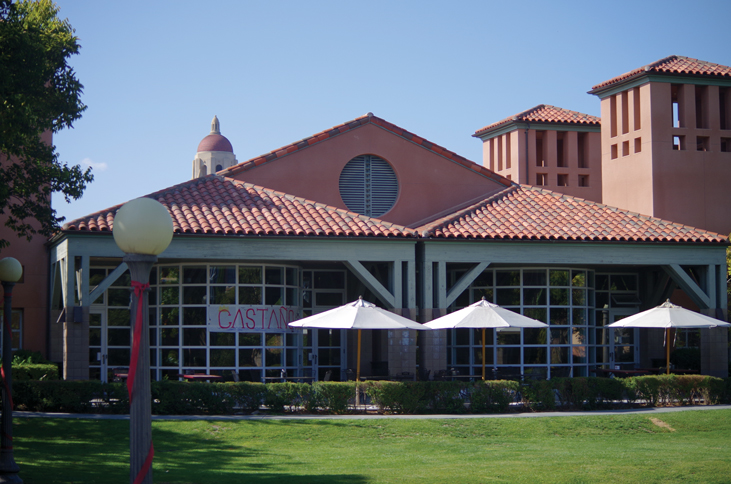This year, Castaño launched its pilot Community Leader program, hiring four unpaid staff to help develop the community of the upperclassmen dorm.
The program grew out of the Residential Fellow’s (RF) desire to make the culture of the dorm’s community more long-lasting. Peter Kao, RF of Castaño and associate professor of Medicine, had discussed with Student Housing about creating a program to bring back residents for several years, especially since Castaño doesn’t have a pre-assignment system like theme dorms.
“Most residents in Castaño are sophomores,” said Kao, explaining the difficulty of creating dorm culture. “They’ve already used their Tier 2 and it’s difficult to come back with a Tier 3. With the current system with draw numbers, it’s sort of random, and students get shuffled every year.”
Tenzin Atruktsang ’14, a current Residential Assistant (RA) in Castaño, said that traditionally it’s difficult for upperclassmen to get to know people in the dorm outside of their draw groups.
“When I lived in Castaño, I only knew my draw group,” Atruktsang said. “It was always awkward when I was brushing my teeth in the morning and I didn’t know who the person next to me was.”
A Community Leader’s role would be to work with the staff, meeting regularly to talk about how the residents are doing, evaluating the community in the dorm and encouraging residents to stay involved within the dorm — especially for sophomores.
“It’s our job to combat the sophomore slum,” said Rachel Crovello ’15, a community leader in Castaño. “Inadvertently, Manz has turned into sophomore ghetto, the place where everyone that didn’t get into Toyon goes. As people transition out of freshmen dorms, we work to make sure they don’t lose the freshman culture that the freshman RAs had worked so hard for.”
Crovello reported that she was in the process of individually emailing all 113 residents of Castaño in order to get to know them better. Alison Nguyen ’15, another Community Leader, holds tea sessions for residents to socialize with one another and listed other potential community developing activities, such as arts and crafts sessions and communal cooking.
“I became a community leader because, aside from the fact that I had a great time being part of the Castaño family, I didn’t want to just be a dorm leader that put on social programming,” Nguyen said. “I wanted to also be a mentor who could support my peers.”
Atrukstang said he has already seen the work of Community Leaders pay off in the first three weeks of classes.
“A lot of people are in their rooms with their doors open [and] there’s been great attendance in dorm events and crosstalk between groups,” Atruksang said.
The Community Leaders all take MED135: Community Leadership, a weekly class offered by Residential Education and led by Kim Wisckol, according to Kao. The class focuses on topics such as emotional intelligence, facilitating meetings and group dynamics, and on leading discussions on more serious topics such as race, ethnicity, spirituality and personal development. Wisckol hopes to re-offer this class every quarter.
“The training that is offered to RAs is so effective, why limit that to just RAs?” Wisckol said. “Some of those topics [discussed during RA training] are valuable for all people to learn.”
“This is for people that are not prepared to be on call for 24 hours like an RA but still want the enrichment, the connecting and programming,” Wisckol added.
According to Kao and Wisckol, about 15 previous residents returned to live in Castaño.
“It’s all about trying to make sure that each resident feels comfortable in Castaño,” Kao said. “We want to pass culture down longitudinally, a community where people are interested in each other. Within this community, there would be horizontal learning where students learn from their peers through deep conversations.”
Contact Catherine Zaw at czaw13 ‘at’ stanford.edu.
